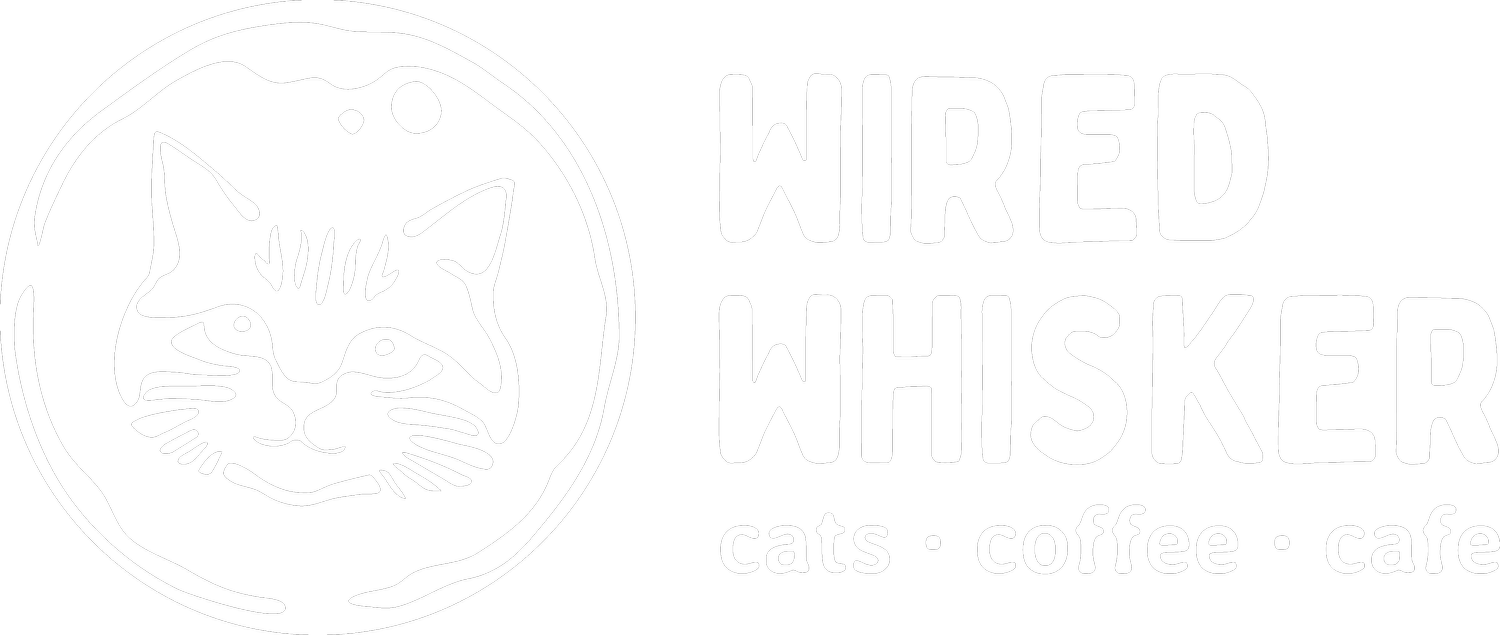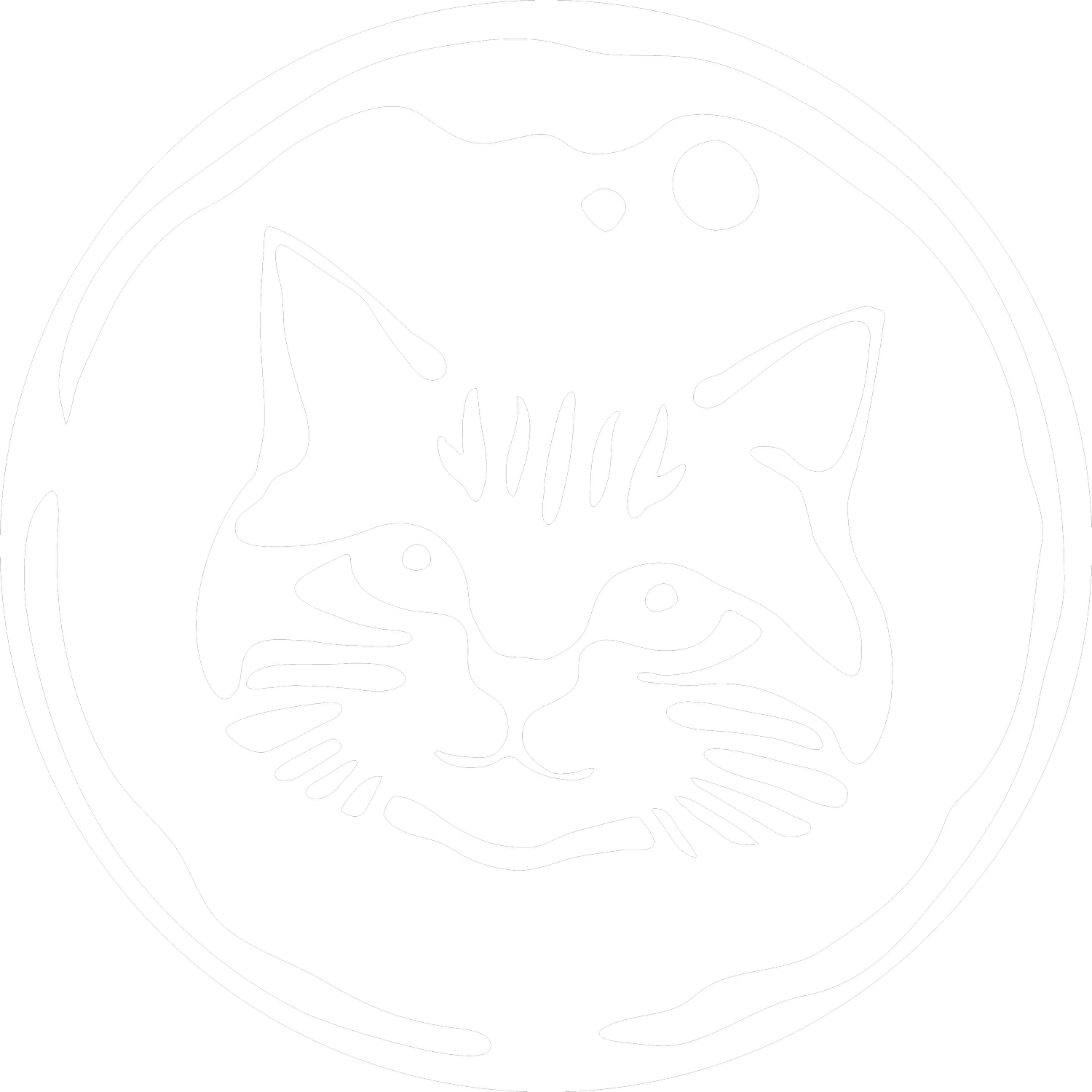Decoding Your Cat's Quirks: 10 Peculiar Feline Behaviors and Their Meanings
Cats are known for their mysterious and often perplexing behaviors. As cat lovers, we can't help but be captivated by their quirky antics. But what do these strange habits really mean? In this blog post, we'll explore ten quirky cat behaviors and provide insights from scholarly sources in the field of cat behavior.
Kneading
Kneading, also known as "making biscuits," is a behavior where a cat rhythmically pushes its paws in and out against a soft surface. This behavior is thought to originate from kittenhood when they knead their mother's belly to stimulate milk flow. In adult cats, kneading may be associated with comfort, relaxation, and a sense of security.
Chattering
Cats sometimes make a chattering or chittering sound when observing birds or other prey. According to animal behaviorist Dr. Sharon Crowell-Davis (2010), this sound may be an involuntary response to excitement or frustration, as the cat is unable to catch the prey it's watching.
Head-Butting
Head-butting, or bunting, is when a cat rubs its head or face against a person or object. This behavior is a form of scent marking and is used to establish a familiar scent on their environment or their human companions. It also serves as a sign of affection and trust.
Slow Blinking
When a cat looks at you and slowly closes its eyes, it's often interpreted as a sign of trust and affection, sometimes referred to as a "kitty kiss." According to Total Cat Mojo: The Ultimate Guide to Life with Your Cat, this behavior indicates that the cat feels comfortable and secure in your presence.
The Flehmen Response
The Flehmen response is a peculiar facial expression where a cat curls its upper lip and opens its mouth slightly. This behavior allows the cat to analyze scents using the vomeronasal organ. It's often seen in response to unfamiliar or strong odors.
Twitching Tail
A cat's tail can reveal a lot about its emotional state. While a gently swishing tail may indicate curiosity or contentment, a rapidly twitching tail is often a sign of agitation or frustration.
Bringing "Gifts"
Cats are natural hunters, and they may bring their human companions "gifts" such as dead mice, birds, or even toys. This behavior is thought to be an extension of their natural hunting instincts and may serve as a demonstration of their affection or an attempt to teach their humans how to hunt.
Sleeping in Boxes or Tight Spaces
Cats often seek out small, enclosed spaces for napping, such as boxes, laundry baskets, or drawers. According to Dr. Tony Buffington, a veterinary specialist in cat behavior, this preference may be related to cats' need for safety and security, as small, enclosed spaces provide protection from potential threats.
Rolling Over and Exposing Their Belly
When a cat rolls over and exposes its belly, it's often misinterpreted as an invitation for belly rubs. However, this behavior is actually a sign of trust and vulnerability, as the cat is exposing its most delicate body parts. It's important to respect this trust and avoid touching the belly if it's likely to cause stress or aggression.
Chasing Their Own Tail
Cats sometimes chase their own tails in play, much like dogs. This behavior can be out of playfulness, curiosity, stress or anxiety, boredom, or even medical issues. Read more about this perplexing behavior in our blog: Why Does My Cat Chase Her Tail?


